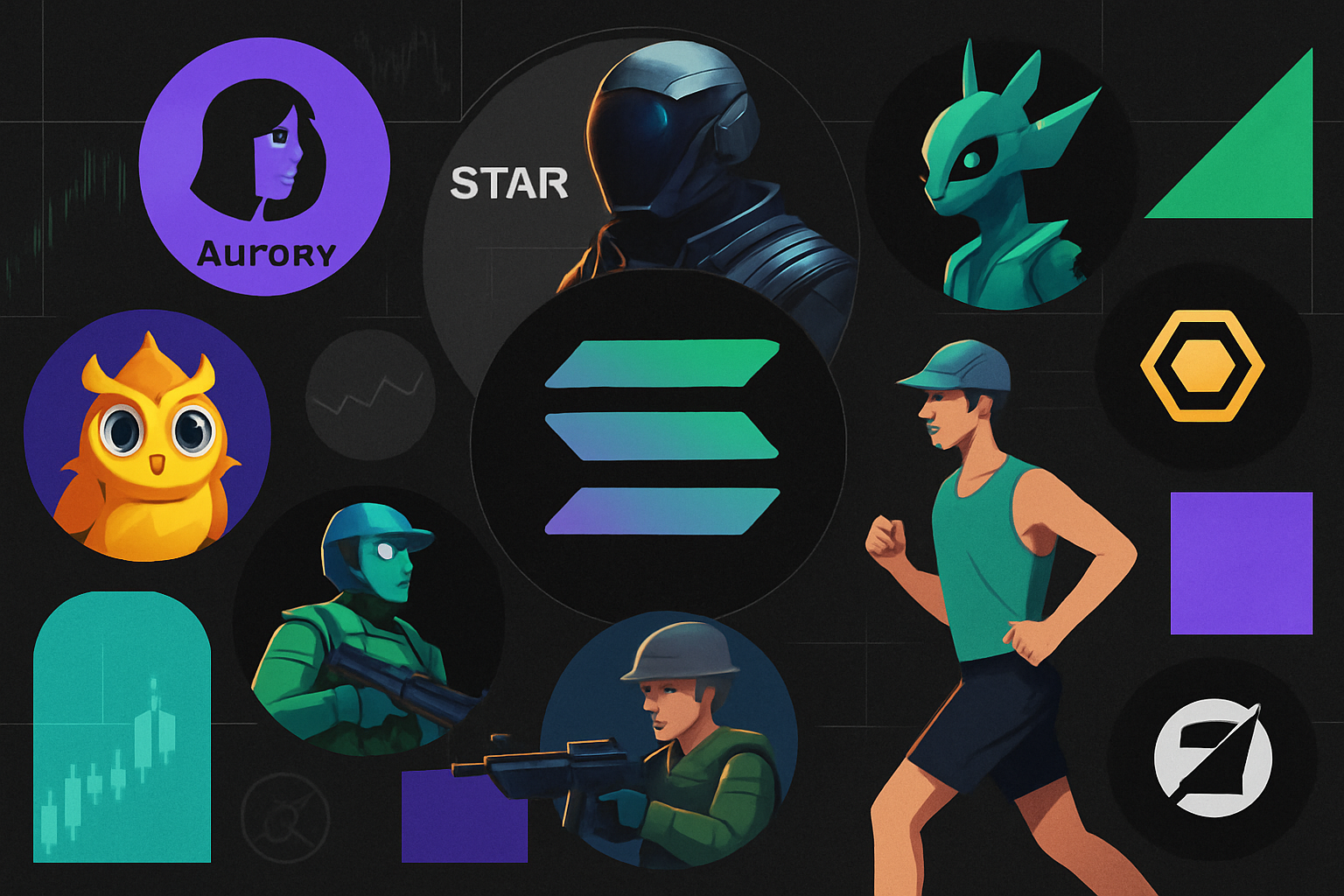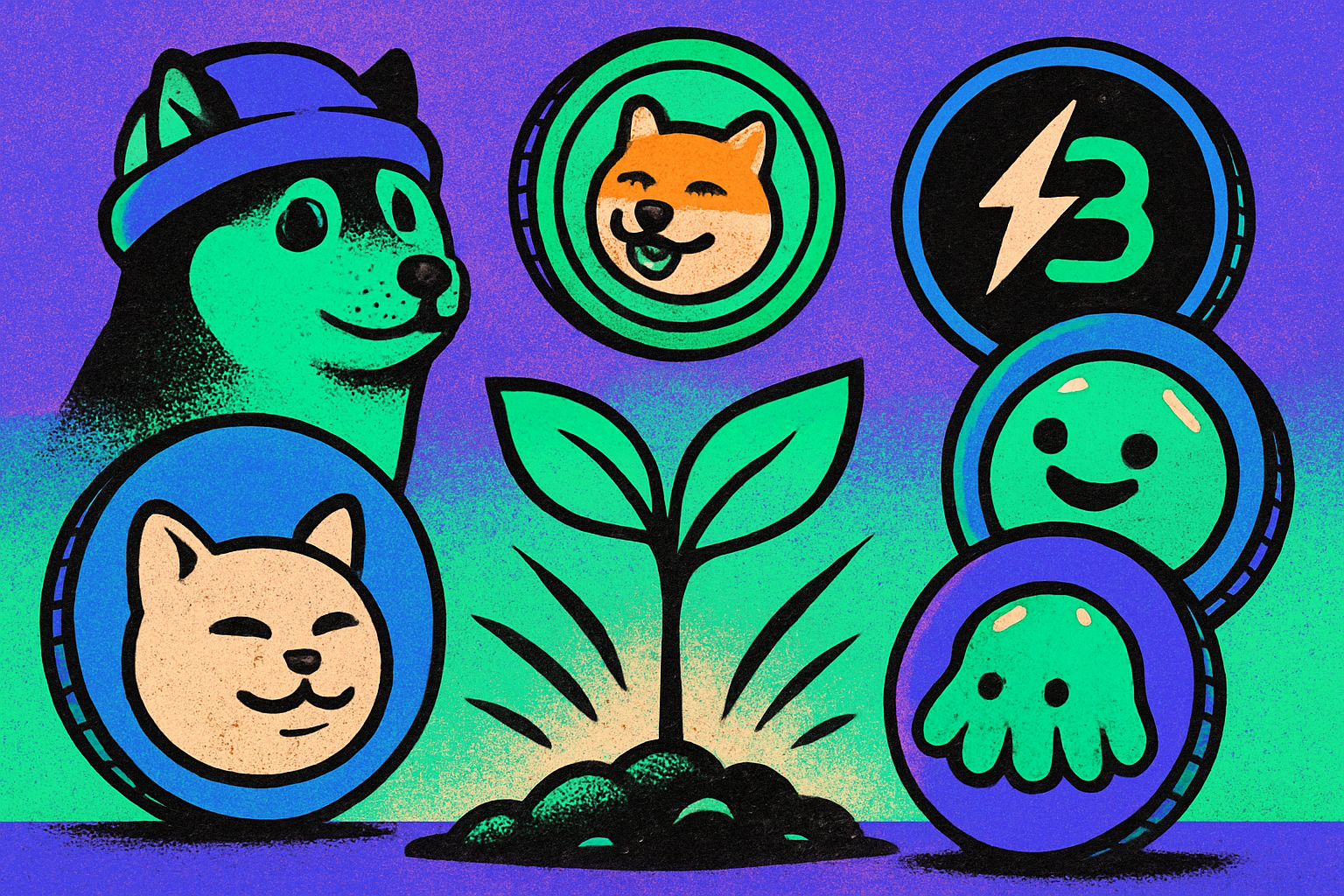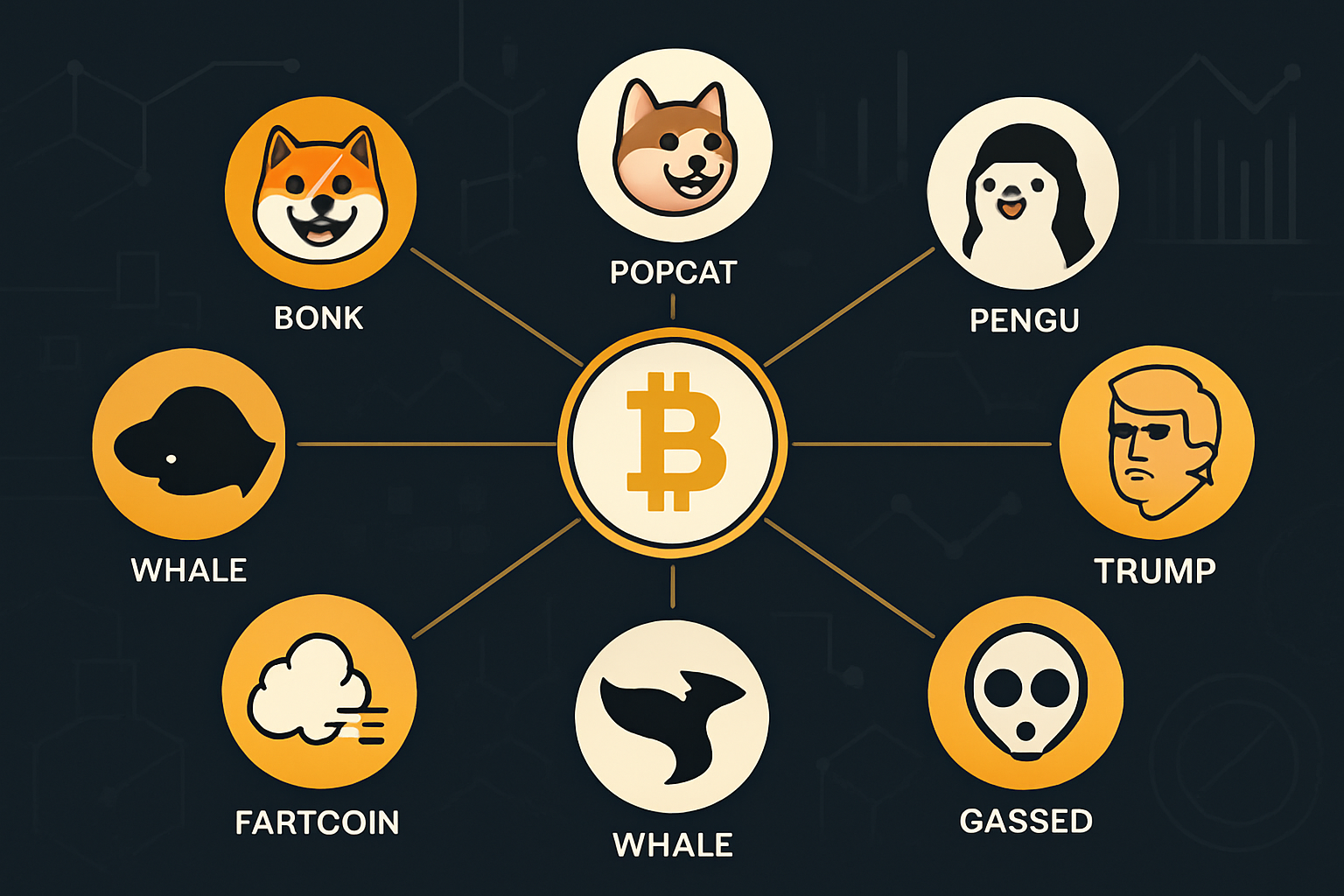
The Solana ecosystem in 2025 is delivering on its promise of high throughput, low fees, and relentless innovation. As the blockchain world shifts its focus from theoretical scalability to real-world impact, Solana’s unique architecture is powering a new wave of projects that push boundaries in decentralized infrastructure, artificial intelligence, gaming, and digital payments. Four categories—DePIN, AI, gaming, and real-world adoption—are not just buzzwords; they’re the pillars underpinning Solana’s rapid ascent this year. Let’s break down the top projects driving each trend and see why they matter for both builders and users.
DePIN: Helium Network Reinvents Wireless Infrastructure
Decentralized Physical Infrastructure Networks (DePIN) are reshaping how we think about connectivity. The Helium Network stands out as a flagship DePIN project on Solana in 2025, leveraging blockchain to create a global, permissionless wireless network for IoT devices and mobile data. By incentivizing individuals to deploy hotspots, Helium replaces legacy telecom infrastructure with a crowdsourced alternative—one that’s more resilient and cost-effective.
Helium’s migration from its original chain to Solana was a turning point. The move unlocked higher transaction speeds and lower costs for millions of device interactions per day. In 2025, Helium is powering smart cities, supply chain tracking, environmental sensors, and even next-gen consumer applications—all while making it easier for everyday people to earn HNT tokens by supporting the network.

AI: Tensor Brings On-Chain Intelligence to NFT Trading
Artificial Intelligence isn’t just hype—it’s becoming foundational to how we trade digital assets. Tensor has emerged as the leading AI-powered NFT marketplace on Solana, blending deep learning models with on-chain data to optimize trading strategies in real time. Think of Tensor as the Bloomberg Terminal for NFTs: users get predictive pricing signals, automated bidding tools, and fraud detection—all running directly on Solana’s fast L1 infrastructure.
This fusion of AI and blockchain is enabling new use cases like dynamic NFT pricing based on market sentiment or rarity analytics powered by neural networks. For creators and collectors alike, Tensor represents a leap forward in transparency and efficiency—two things sorely missing from most legacy NFT platforms.
Gaming: Star Atlas Defines the Next-Gen Metaverse
If there’s one project capturing gamers’ imaginations in the Solana gaming ecosystem, it’s Star Atlas—a sprawling space MMO where every asset lives as an NFT or token on-chain. Built natively for Solana’s speed and cost structure, Star Atlas offers real-time gameplay with true player ownership over ships, planets, resources, and more.
This isn’t just another play-to-earn clone; Star Atlas is pushing technical boundaries with immersive graphics rendered via Unreal Engine 5 while using Solana smart contracts for everything from governance votes to ship upgrades. With an expanding universe backed by DAOs and live economic activity tracked transparently on-chain, Star Atlas is setting the benchmark for what blockchain-native games can achieve in 2025.
Top Solana Projects Driving Ecosystem Growth in 2025
-
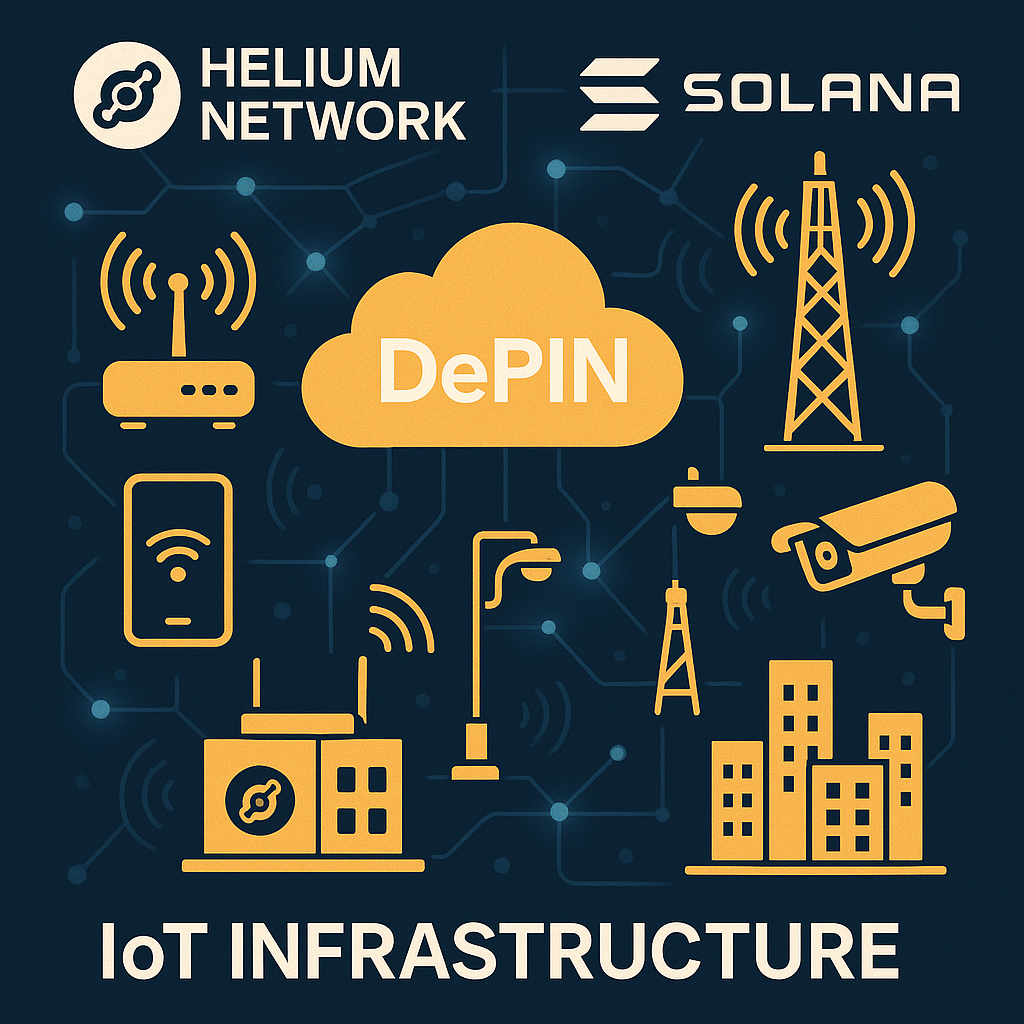
Helium Network (DePIN): A decentralized wireless infrastructure protocol powering IoT and 5G connectivity on Solana. Helium leverages blockchain incentives to expand global coverage, making it a core driver of the DePIN (Decentralized Physical Infrastructure Networks) movement.
-

Tensor (AI/NFTs): An on-chain, AI-powered NFT marketplace and trading platform. Tensor utilizes advanced AI algorithms to optimize NFT liquidity, pricing, and discovery, setting new standards for digital asset trading on Solana.
-
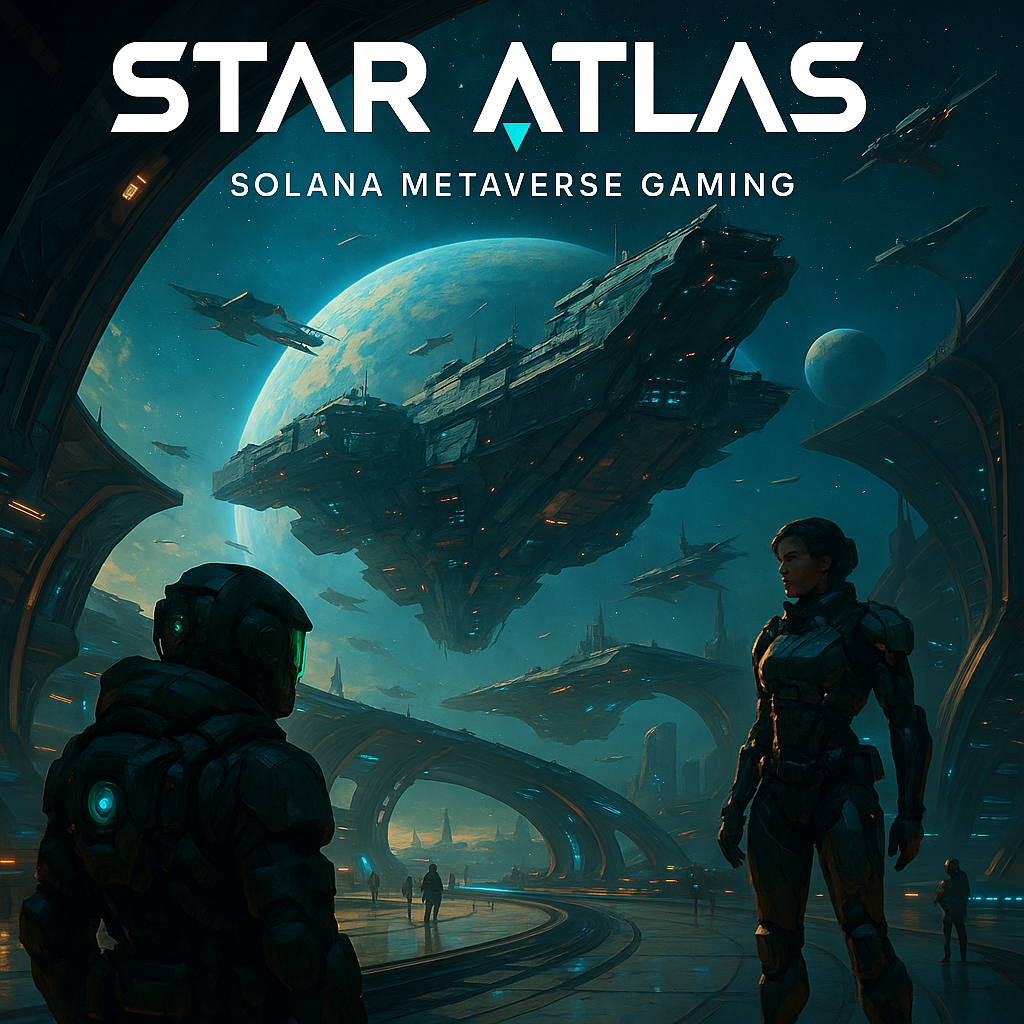
Star Atlas (Gaming): The flagship metaverse and space MMO built on Solana. Star Atlas combines high-fidelity graphics, blockchain-based assets, and a player-driven economy, representing Solana’s leadership in Web3 gaming innovation.
-
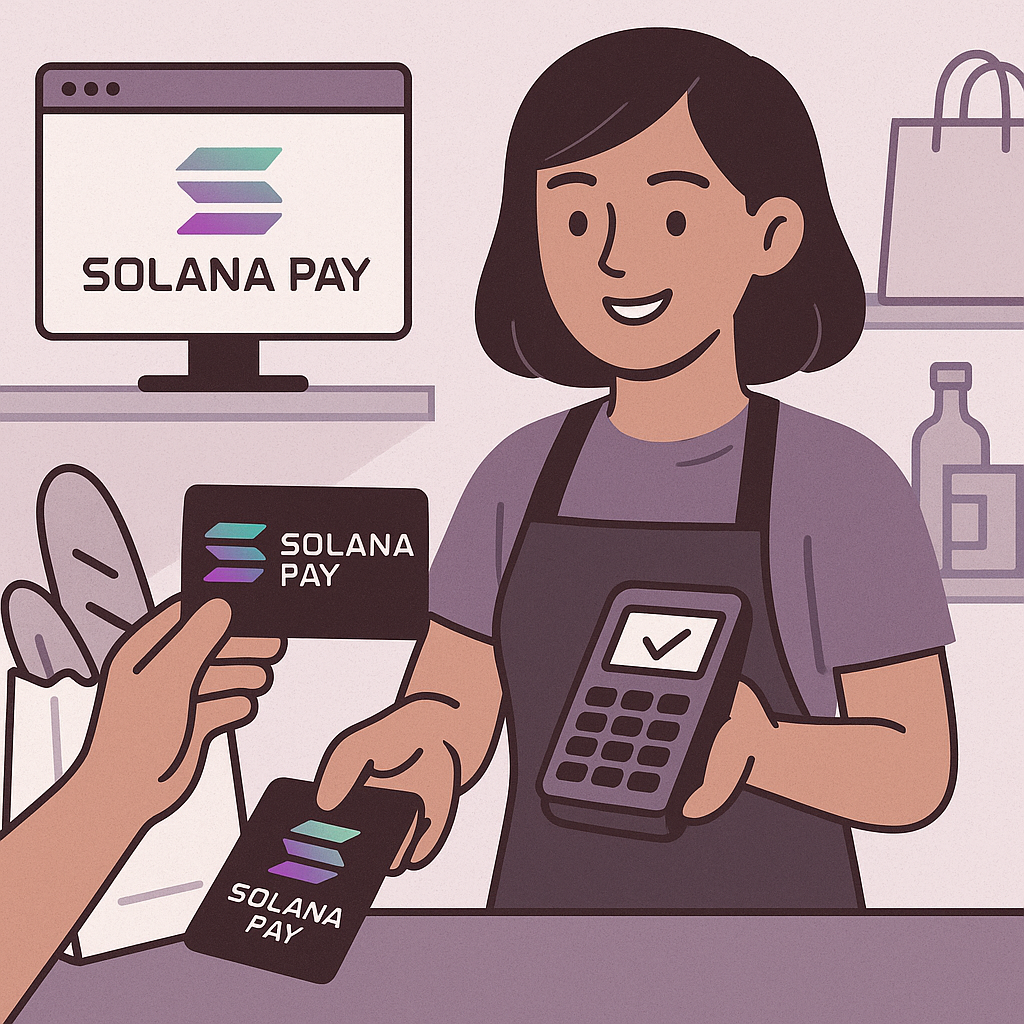
Solana Pay (Real-world Adoption): An instant, fee-less crypto payment protocol for merchants. Solana Pay enables seamless point-of-sale transactions, driving real-world adoption and showcasing Solana’s speed and scalability in payments.
The momentum of Solana’s ecosystem in 2025 is impossible to ignore. Each project category—DePIN, AI, gaming, and real-world adoption—not only showcases Solana’s technical strengths but also demonstrates why developers and users are migrating here in droves. Let’s dig deeper into the implications of these projects for the broader blockchain landscape.
Real-World Adoption: Solana Pay Makes Crypto Payments Practical
Crypto payments have long promised to disrupt traditional finance, but high fees and sluggish settlement have held back mainstream adoption. Solana Pay changes that equation in 2025. By leveraging Solana’s near-instant finality and negligible transaction costs, Solana Pay enables merchants—from global e-commerce giants to local coffee shops—to accept digital assets with zero friction.
What sets Solana Pay apart is its developer-friendly API stack and seamless wallet integrations. Merchants can offer real-time loyalty rewards, instant refunds, or cross-border settlements without ever touching a bank wire. For users, it means paying with SOL or stablecoins at checkout feels as easy as swiping a credit card—except it’s faster and virtually fee-less.
This real-world utility is driving a surge in on-chain activity. According to recent reports, transaction volume on Solana is reaching record highs as more businesses integrate crypto payments. The network effect here is powerful: the more merchants adopt Solana Pay, the more customers demand it—and vice versa.
Ecosystem Synergy: How Top Projects Drive Network Effects
It’s not just that Helium Network, Tensor, Star Atlas, and Solana Pay are thriving independently—they’re actively reinforcing each other and attracting new builders to the Solana ecosystem. For example:
- Helium hotspots can be tracked or managed using AI-powered dashboards built by Tensor developers.
- Star Atlas NFTs are traded seamlessly on Tensor’s marketplace, with dynamic pricing models influenced by in-game events.
- Solana Pay allows gamers to buy Star Atlas assets or Helium miners instantly at point-of-sale—no cumbersome fiat conversions needed.
This cross-pollination accelerates innovation. As each protocol matures, new composable use cases emerge—like AI-driven DePIN analytics or NFT-based loyalty programs for merchants using Solana Pay. The result? An ecosystem where growth compounds exponentially rather than linearly.
Key Solana Ecosystem Drivers in 2025
-
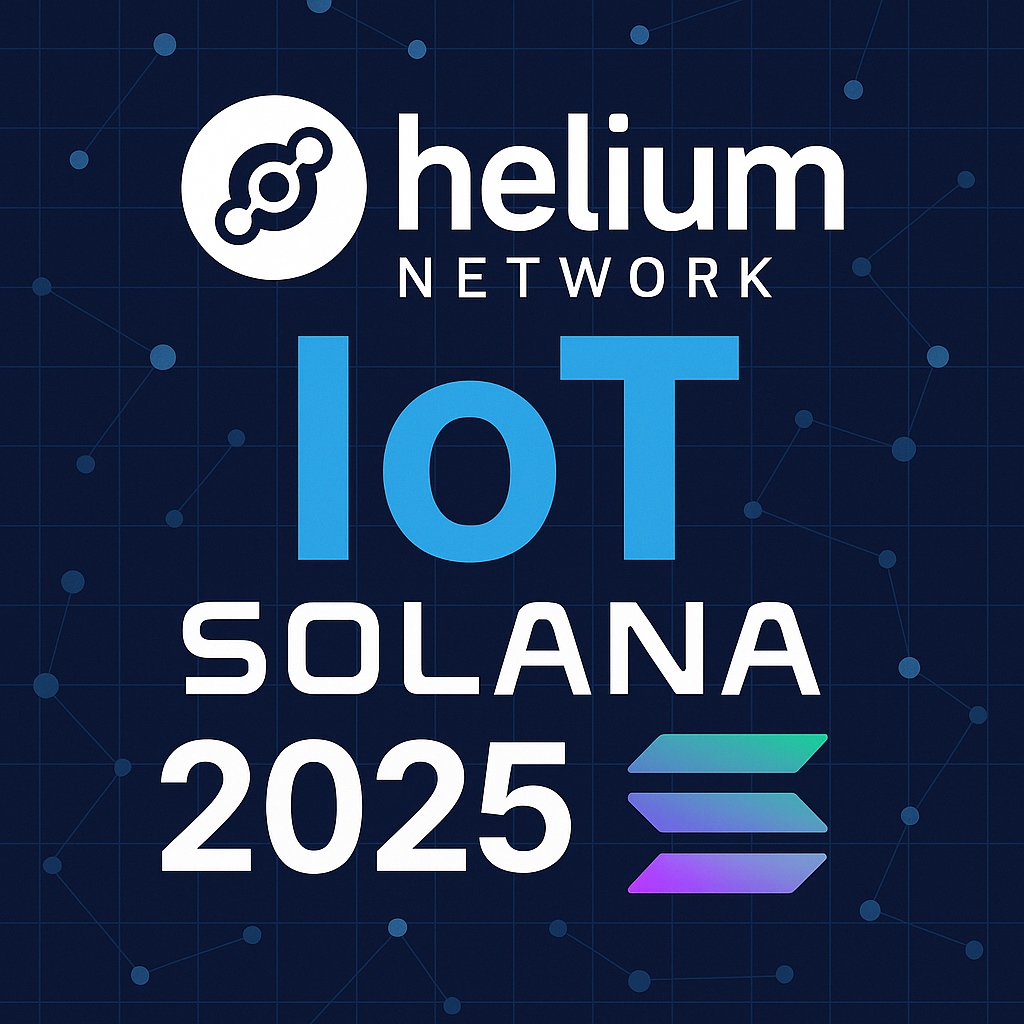
DePIN: Helium Network — Helium leverages Solana to provide decentralized IoT and wireless infrastructure, enabling seamless connectivity for devices and powering real-world applications through a robust, permissionless network.
-

AI: Tensor — Tensor is an on-chain, AI-powered NFT and trading marketplace on Solana, utilizing advanced algorithms to optimize liquidity, pricing, and user experience for digital asset trading.
-

Gaming: Star Atlas — Star Atlas stands as Solana’s flagship metaverse and space MMO, integrating blockchain assets and real-time gameplay to drive next-generation gaming experiences and digital economies.
-
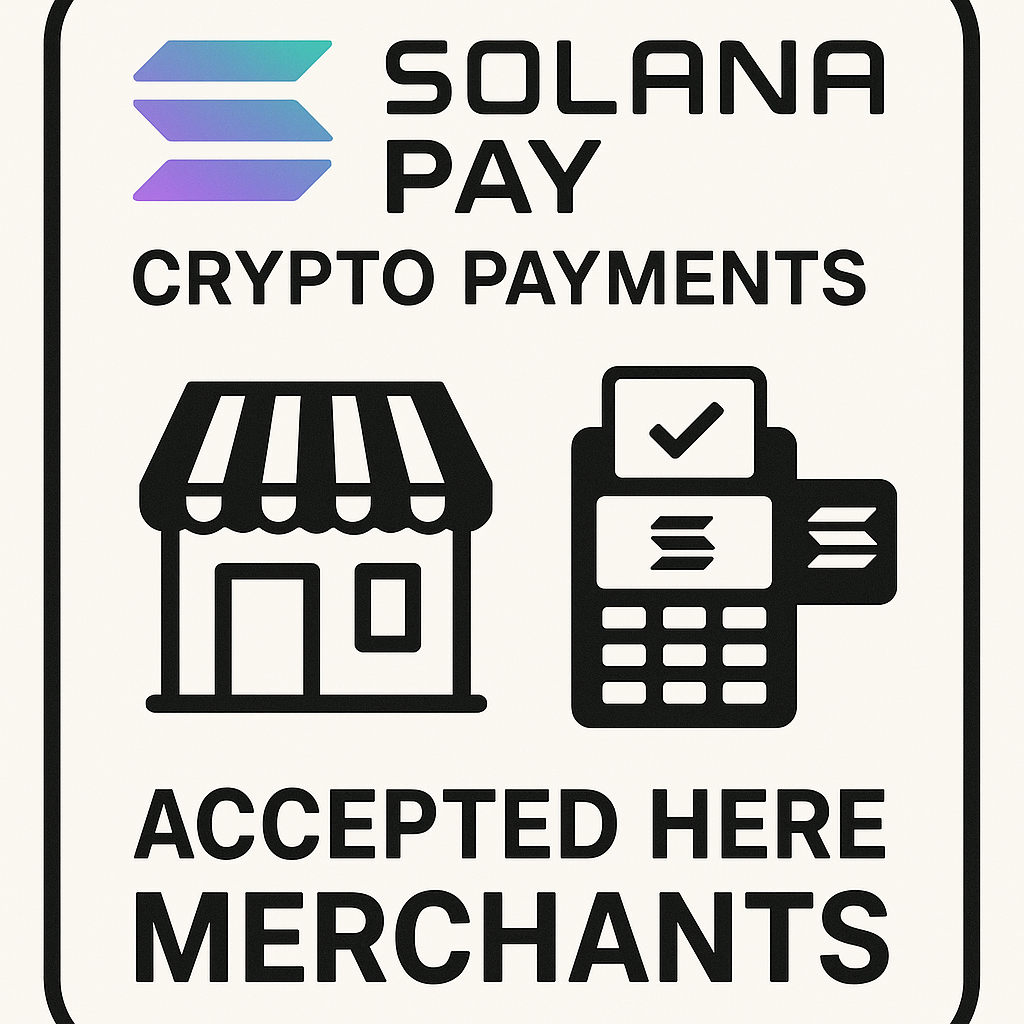
Real-world Adoption: Solana Pay — Solana Pay enables instant, fee-less crypto payments for merchants, bridging blockchain technology with everyday commerce and accelerating mainstream adoption of digital assets.
The Competitive Edge: Why Builders Choose Solana in 2025
The technical underpinnings of these projects reveal why so many developers are betting on Solana:
- High throughput: Essential for real-time gaming (Star Atlas) and IoT data streams (Helium).
- Low fees: Key for microtransactions in NFT trading (Tensor) and everyday purchases (Solana Pay).
- Mature tooling: Robust SDKs and APIs accelerate time-to-market for startups across all verticals.
- Ecosystem incentives: Grants, hackathons, and liquidity mining programs attract world-class teams.
This combination creates a flywheel effect: as flagship projects succeed and set new standards for user experience, they inspire even more ambitious builders to join the fray. The end result isn’t just a bigger blockchain—it’s one that actually delivers value where it matters most: in people’s daily lives.

Looking ahead, the Solana ecosystem in 2025 is defined by tangible, user-facing breakthroughs—not just technical milestones. The four flagship projects—Helium Network, Tensor, Star Atlas, and Solana Pay—are not isolated experiments but part of a tightly woven fabric that’s actively reshaping how people interact with blockchain technology every day.
Network Effects in Motion: Solana’s Virtuous Cycle
One of the most striking aspects of Solana’s current momentum is how quickly network effects compound. When merchants deploy Solana Pay, they don’t just unlock fast payments—they tap into a customer base already engaged in the wider Solana universe. Gamers earning rewards in Star Atlas can spend them instantly at participating retailers; Helium miners can use their earnings for real-world purchases or invest directly into digital assets via Tensor’s marketplace.
This interconnectedness is more than a technical curiosity—it’s a growth engine. As each project onboards users, educates developers, and expands its reach, the value proposition for everyone else in the ecosystem increases. The result: Solana isn’t just scaling transactions per second; it’s scaling meaningful adoption across multiple industries simultaneously.
[image: Illustration of interconnected Solana projects—Helium hotspots, Tensor AI dashboard, Star Atlas game scene, and merchant using Solana Pay]
Real-World Impact: From IoT to Point-of-Sale
The practical impact of this synergy is already visible. Cities leveraging Helium Network infrastructure are rolling out smart sensors for traffic management and pollution monitoring—data that can be monetized or analyzed using on-chain AI tools from platforms like Tensor. Meanwhile, gamers are spending hours immersed in Star Atlas’ universe and cashing out their winnings through instant crypto payments at real-world merchants via Solana Pay.
This kind of mainstream crossover remains rare in crypto—but it’s becoming standard on Solana. And as these protocols further integrate (think: AI-powered loyalty programs or NFT-based access passes for physical venues), expect even more creative use cases to emerge throughout 2025.
Top Projects at a Glance
[list: A visual list highlighting Helium Network (DePIN), Tensor (AI/NFTs), Star Atlas (Gaming), and Solana Pay (Payments) as top projects driving ecosystem growth]
What to Watch: Ecosystem Trends & Builder Opportunities
The pace of innovation shows no sign of slowing. Builders looking to launch new products on-chain should pay close attention to where these leading protocols are headed next:
- DePIN expansion: Expect more cities and enterprises to adopt Helium-powered IoT solutions as infrastructure costs drop further.
- AI-driven markets: As platforms like Tensor refine their models, anticipate smarter NFT trading tools and automated asset management becoming mainstream.
- Metaverse maturity: Star Atlas will likely introduce new gameplay mechanics driven by DAO governance and real-world partnerships.
- Mainstream payments: With stablecoin rails improving on Solana Pay, global commerce could see widespread adoption beyond early tech-savvy merchants.
This convergence is what sets the Solana ecosystem 2025 apart from competitors stuck in siloed development cycles or hampered by high fees. Here, composability isn’t just theoretical—it’s powering real products used by millions.
Community Pulse & Social Sentiment
The excitement around these projects isn’t limited to developer circles; it’s reflected daily across social media channels where builders share progress updates and users debate new features. This grassroots energy fuels further adoption—and ensures that feedback loops between protocol teams and end-users remain tight.
Final Thoughts: The Road Ahead for Solana’s Ecosystem
If you’re tracking the evolution of blockchain platforms—and especially if you’re considering where to build next—the message from 2025 is clear: The most successful ecosystems aren’t just fast or cheap; they’re deeply integrated across verticals with flagship apps that solve real problems. With Helium Network revolutionizing DePIN, Tensor setting new standards for AI-powered trading, Star Atlas redefining gaming ownership models, and Solana Pay breaking down barriers at checkout counters worldwide, the network effect is finally delivering on its promise.
The next wave of breakout dApps will almost certainly stand on the shoulders of these giants—leveraging composability to create experiences we haven’t even imagined yet. For builders and users alike, there’s never been a better time to explore what the Solana ecosystem can do.

